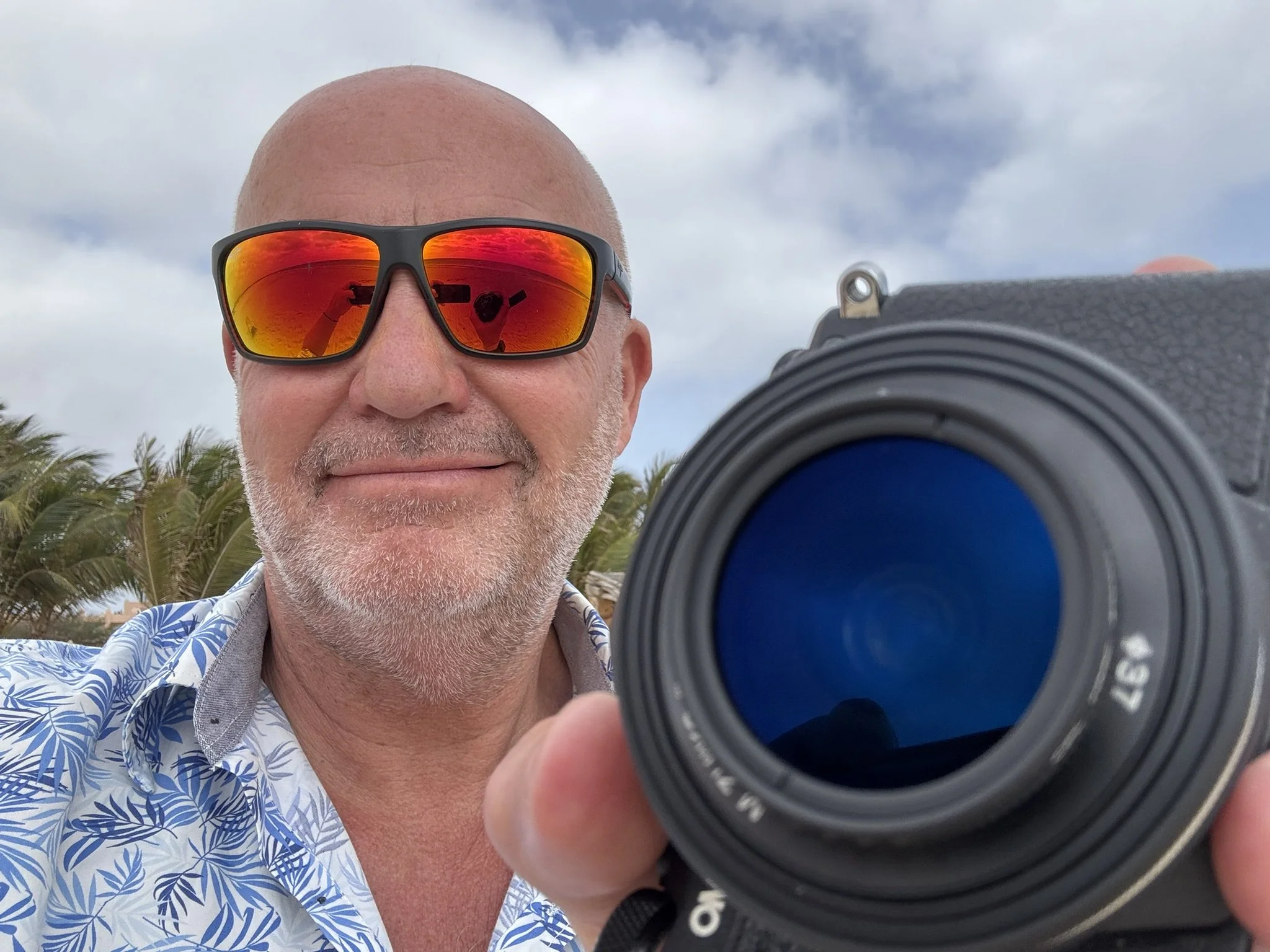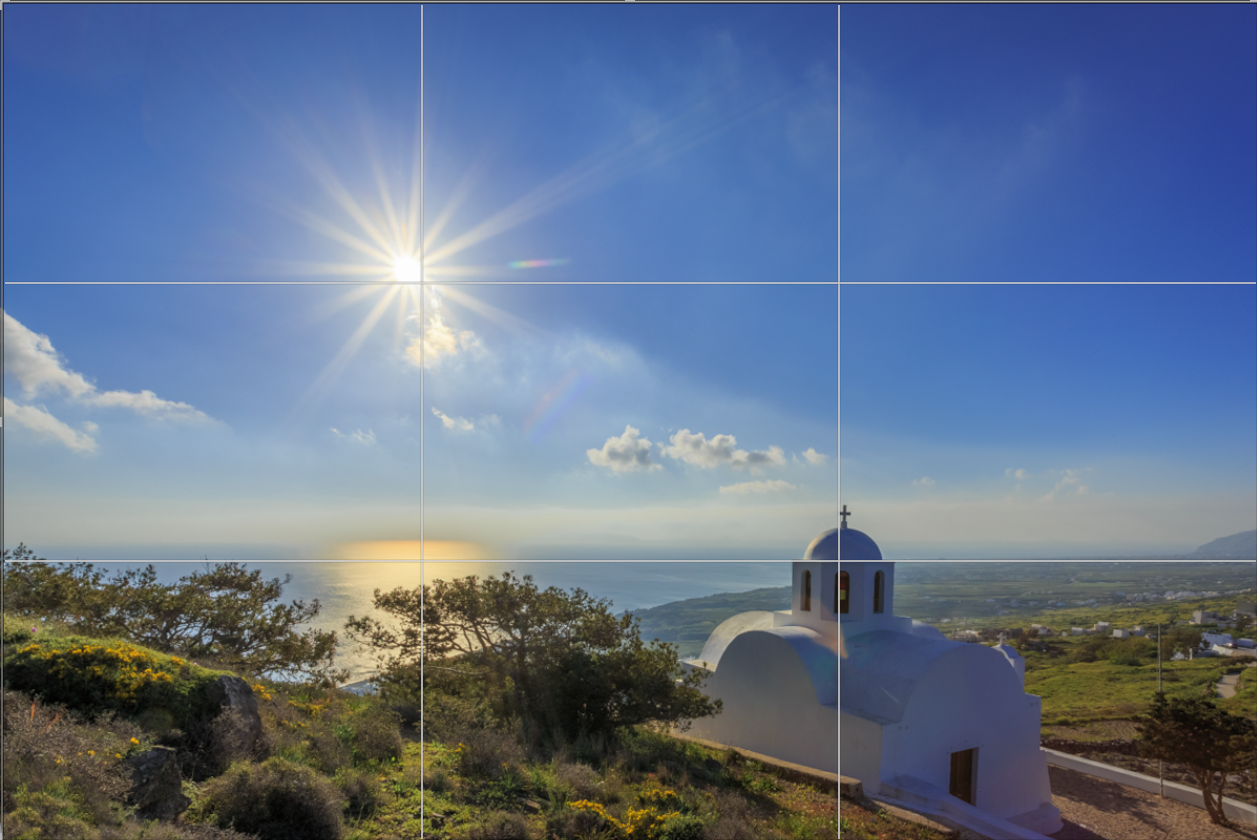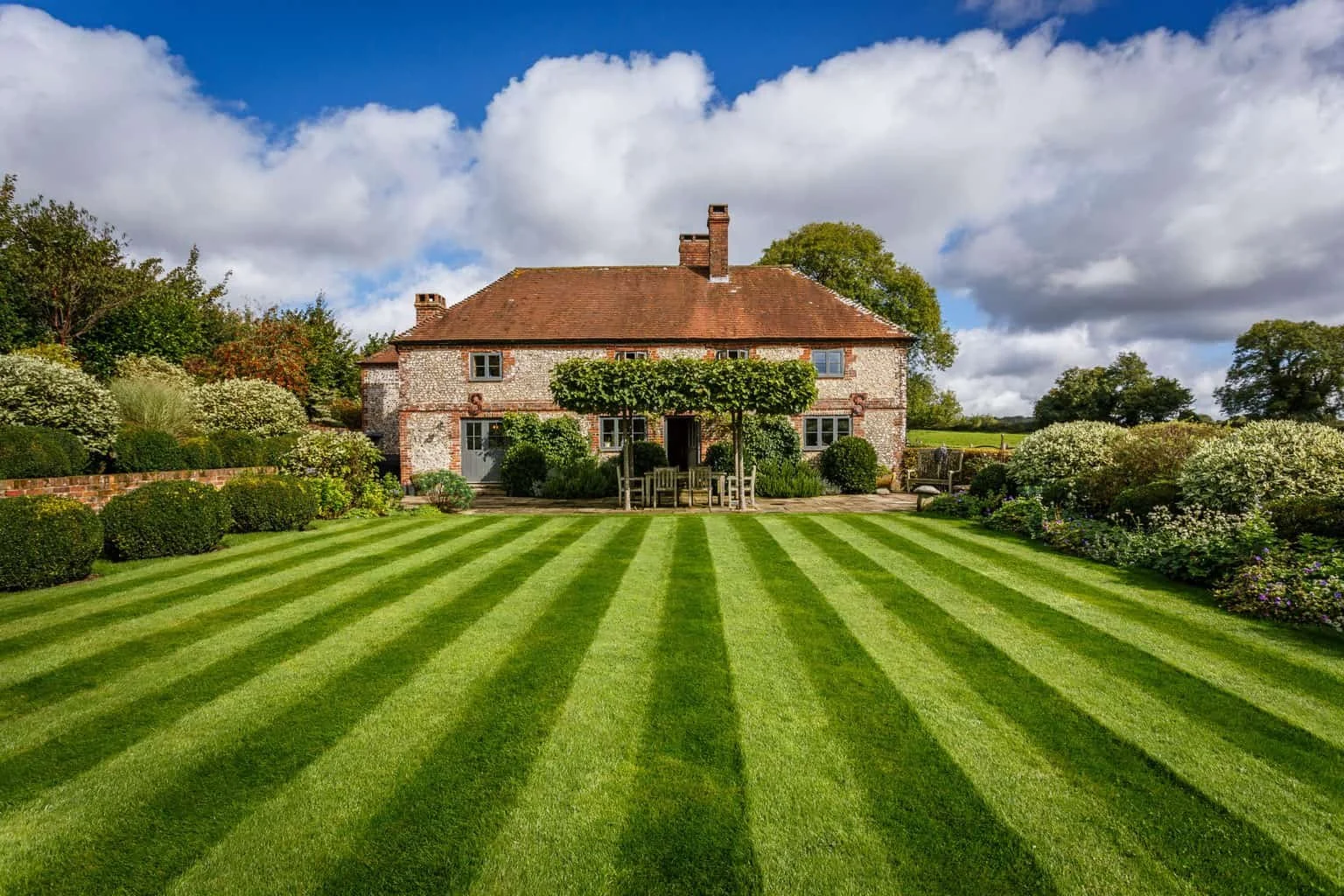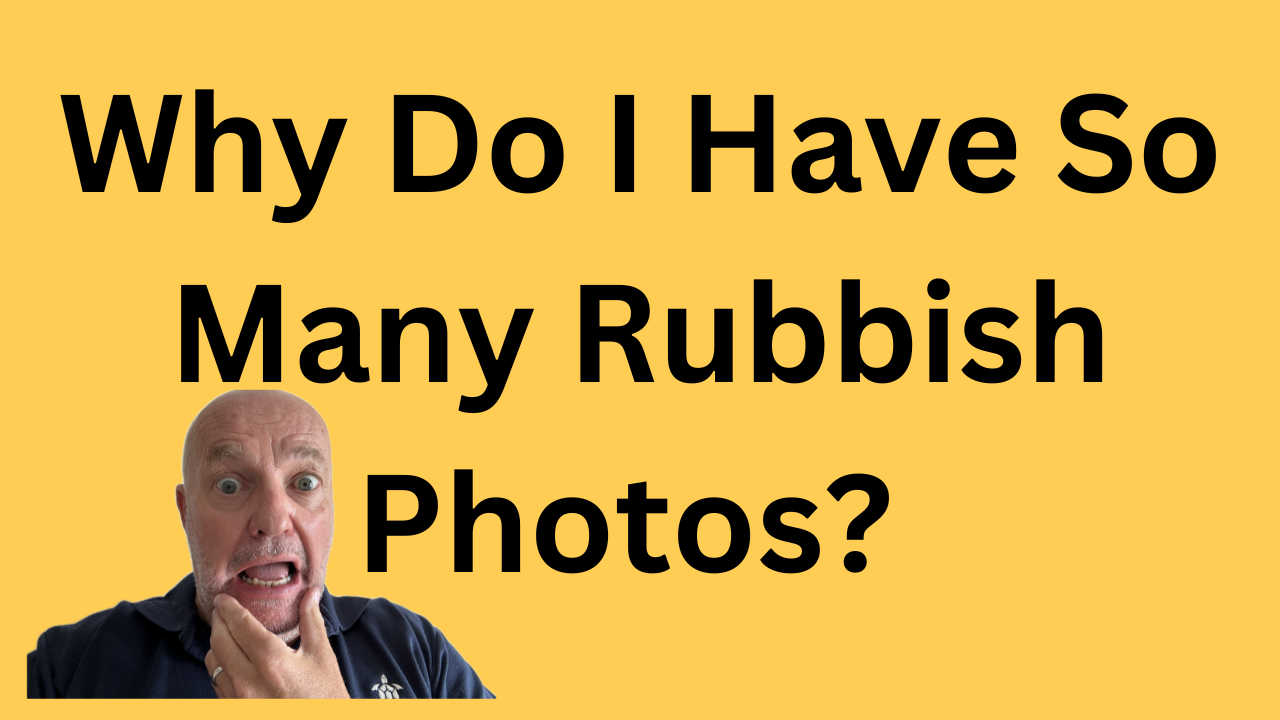
Master Your Camera Modes: A Simple Guide to Auto, Aperture, Shutter & Manual Settings
Tired of your camera deciding everything for you? Let's unlock its full potential today!
Ever wonder why your camera sometimes nails the shot in Auto, yet other times your brilliant photographic idea falls flat? It's all about how much control you have, and how much you let the camera decide. Your camera's shooting modes are your direct gateway to greater creative expression. They bridge the gap between simply snapping a picture and intentionally crafting an image that reflects your vision.

How to Get Sharp Photos Every Time: Beyond Just Focusing!
Achieving pin-sharp images goes beyond just nailing focus. A truly sharp photo is a balanced equation, involving elements you might not realize affect your final image. Your camera's autofocus system excels at where to focus, but it can't stop camera shake (tiny camera movement during exposure) or motion blur (subject movement). These are major culprits of soft images, especially in lower light.

Taking Great Photos in Direct Sunlight: 5 Tips for Beating the Harsh Light
Ever squint at your photos from a sunny day? Today, we're fixing that! Discover how to capture stunning photos in direct sunlight, mastering the light, not fighting it.
Today, we're tackling one of photography's most common challenges: taking great photos in direct sunlight. Many photographers feel stuck, battling harsh shadows and blown-out highlights that turn vibrant scenes into high-contrast headaches. The immediate answer, and your key to unlocking incredible sunny day photography, is this: direct sunlight isn't always your enemy; it's a powerful light source that, when understood and creatively managed, can produce stunning, dramatic, and impactful images.



21 Composition Tips For Better Photos Of Buildings
Use the rule of thirds
Take a photo, then try a different focal length to get a different look
Take photos from different angles
Move back and forwards
Use leading lines
Find the best light
Capture intricate architectural details
Fill the frame
Use negative space
Convey the sense of scale of a building
Try a long exposure
Play with depth of field
Find interesting subjects to photograph
Don't be put off by overcast days
Give tilt-shift lenses a go
Explore old buildings
Go wider to capture the entire building, and a bit more
Get the building vertical
Then do this
Choose a particular building and get to know it

11 Landscape Photography Composition Tips That Will Instantly Improve Your Shots
Do you want to take more interesting landscape photos? Well, I do, and I hope that you do too. It is too easy to go somewhere and take average, boring photos of something you never do anything with. I have taken loads of these myself, so don’t worry. And it is so easy to take the same photo of something we have all seen a thousand times. Let’s not do any of that.
No, there is so much more that we can do, and in this episode, I am going to tell you 11 things you can do to help you take better landscape photos.

11 Travel Photography Composition Tips That Will Instantly Improve Your Shots
Do you want to take more interesting travel photos? Well, I do, and I hope that you do too. It is too easy to go somewhere and take average, boring photos of something you never do anything with. I have taken loads of these myself, so don’t worry. And it is so easy to take the same photo of something we have all seen a thousand times. Let’s not do any of that.
No, there is so much more that we can do, and in this episode, I am going to tell you 11 things you can do to help you take better travel photos.

Understanding Focal Length and Its Effect On Composition
The focal length you use to take a photo will significantly affect the photo you create. It will determine what is in a photo, what is not in a photo, how small or large the elements of the photo are, and how the elements in your photo relate to each other. The focal length you use will also determine the depth of field, or as I like to call it, depth of sharpness, that there is in a photo.
The focal length you use will significantly impact the photo you get. Let's find out all about this.

What Are The Rules Of Composition? (And Which Do I Use?)
The rules of composition are not rules. The rules of composition are guidelines, ideas, things that we can use to help us. But you need to know what the rules of composition are so you know which rules you are going to use, if any. You don’t have to use the rules of composition, and you will never use all of them. Certainly not in the same photo, but you will see why, so don’t worry. Find the ones that work for you, and they can help you get better compositions. And better compositions make better photos.

What Makes a Good Composition in Photography?
Photography is about more than just taking a photo—it’s about taking the best photo you can every time. A rubbish composition will give you a rubbish photo. A great composition will give you a great photo.
The secret of a compelling image starts with the subject matter, how the other elements are arranged, what the light is doing, and how these three elements work together to create a captivating photo.
A good composition creates a photo that is interesting and pleasing and guides the viewer around the content of the photo. A good composition is one that a viewer will spend time looking at. A good composition holds the viewer’s attention. A good composition is the starting point for a good, or indeed great, photo.

Photography Composition Tips and Techniques – How I Take Photos
The single most important thing we can do to improve our photos is to think about what we are taking photos of before we take them. We need to take the time to get the best composition every time we take a photo. The success or otherwise of any photo starts and ends with what is in the photo.
Photography composition is what you include in a photo, what the light is doing and how the elements within the composition relate to each other.

Top Tips To Help You Manage Your Digital Photo Catalogue
You need to organise your photos on your computer so you can find any photo quickly and easily. Once you have done that, you have the small matter of looking after that precious collection of photos, which, as a photographer, is your everything. I don’t want to overstate this—as a photographer, your photos are you. Without them, you are not far off nothing.

How To Organise Digital Photos On Your Computer
You need to organise your photos on your computer so you can find any photo quickly and easily. You need to come up with a filing system that you can add to over the years as you take more and more photos. And you need to be able to keep track of all the photos in the catalogue so you know which photos you have edited, the good stuff you have not yet edited, your best stuff and any rubbish you might have. You need to get rid of any rubbish and any photos that you do not like or need. You need to know how to organise digital photos on your computer.

How To Take Fewer Photos But Better Photos In 2025 (With My One Photo Rule)
I want to get straight into taking better photos, beginning with taking fewer photos. We can all take fewer photos and, in the process, take better photos, and in this episode, I am going to tell you how.
I am picking up on episode 195, where I asked the question - why do I have so many rubbish photos? I want to concentrate on the taking fewer photos bit, and my splendid one photo rule.

Photography Explained Podcast - 2024 Highlights
This episode is being published on Friday, 20th December and will be the last photography-related work I will do in 2024. OK, apart from doing the next episode, which is due out Friday, 3rd January 2025, that is. Glad I didn’t forget that. Laugh….. So join me as I pick up on some stuff from the past year, which has been an excellent year for me and my podcast so thank you for being with me, dear listener.

Why Do I Have So Many Rubbish Photos? (And Why It’s OK, And What I'm Doing About It)
Now, this might sound like an odd question, but I have loads of rubbish photos cluttering up my Lightroom Catalogue, clogging up my hard drives, and preventing me from finding the good stuff that must be in there somewhere, surely?
How did I let this happen? Why do I have so many rubbish photos, and what am I going to do about it? In this episode of my splendid podcast, I will tell you how this happened, how many photos I have, and what I am going to do about it. Oh yes, and why I am doing something about it now?

What Is The Difference Between RAW And JPEG Photos?
RAW and JPEG are file formats. Photographers use both. JPEG images have an amount of processing and compressing done to them when a photo is taken. RAW photos have no processing done to them other than creating the file, that is.
JPEG photos can be viewed by anyone straight off the memory card. To view RAW photos, you need specialist software.
JPEG files are smaller than RAW files, but RAW files contain more data to work with than JPEG files.

How Do You Take Care Of A Camera Sensor?
Digital camera sensors are important, sensitive, expensive bits of kit that need looking after. There are things that we can do to protect them from bad stuff, but if bad stuff gets to them, there are things that we can do to remove that stuff. In this episode, I tell you how to prevent bad stuff from getting to your camera's sensor, which is our first job, and what to do when you get bad stuff on your camera sensor.

Why Can't You Use Flash In Museums And Art Galleries?
Camera flashes can damage precious works of art. The harsh, excessive light they omit way, way exceeds the carefully controlled lighting levels in museums and art galleries. And the most valuable works of art have glass in front of them to protect them, making taking photos with flash pointless. And every time a flash pops, it ruins the experience for everyone else.
That is why flash photography is banned in museums and art galleries. And quite right, too.